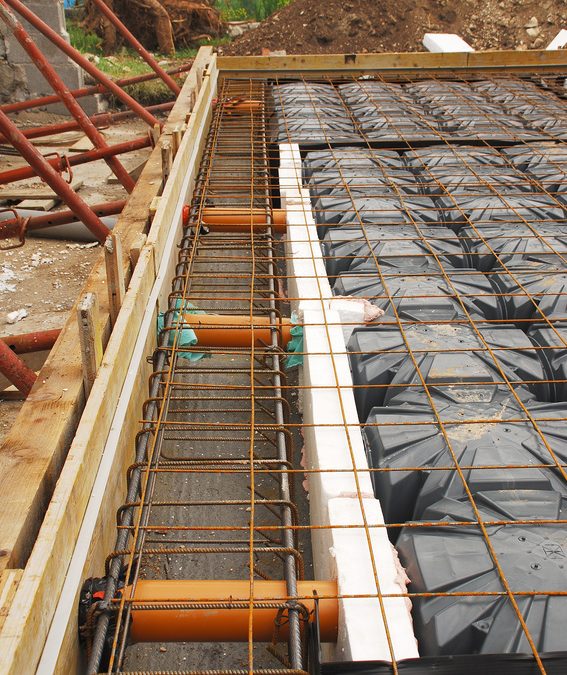As calendars change from January to February and National Radon Action Month comes to an end, you may want to put your radon concerns on the backburner. However, you should take steps to mitigate the levels of radon in your home at any time of the year. Testing your home for radon is essential, as it is a colorless and odorless gas that typically doesn’t cause immediate symptoms.
However, radon is the second leading cause of lung cancer and results in an estimated 20,000 deaths every year. By knowing the difference between the two primary types of radon mitigation, you will be ready to take action if your home tests show radon levels over 4 pCi/L, the EPA’s recommended action level for radon exposure.
Active Subslab Suction
This type of radon mitigation is the most common and typically the most reliable method of reducing a home’s radon levels. Active suction is best suited for a home that has a concrete slab basement or a basement on a gradient. Radon gas tends to build up under a concrete basement foundation, but can then escape into the home when small cracks eventually form in the concrete.
To install this system, a radon mitigation company will insert one or more suction pipes through the foundation’s slab and into the crushed rock or soil underneath it. Alternatively, your mitigation service provider may insert the pipes below the concrete slab from the outside of your home. They then connect a radon vent fan to the suction pipes to draw radon gas from below the home and release it into the outdoor air. The fans also create a vacuum or negative pressure beneath the slab, preventing more radon from gathering there.
Passive Subslab Suction
Passive subslab suction systems are usually installed as a new home is constructed. The system works very similarly to active subslab suction, but without the ventilation fans. Passive systems of mitigation can reduce indoor radon levels by over 50%, although active systems with ventilation fans are better adept at reducing high levels of radon gas in old homes.
A passive system works by relying on natural pressure differentials and air currents to suction radon up from below the home. With this type of radon abatement, you will also need a duct system that utilizes the air flow created by the passive suction system to guide the radon out of your home.
To properly protect your family from the dangers of radon exposure, your home needs an effective radon abatement system. Contact Affordable Radon Colorado today to speak with our experts about radon testing and mitigation solutions for your home.


Recent Comments